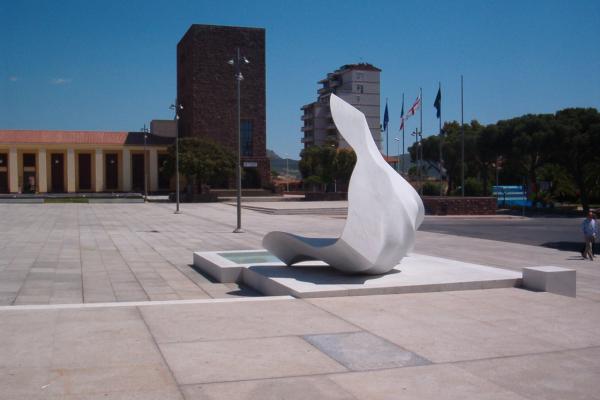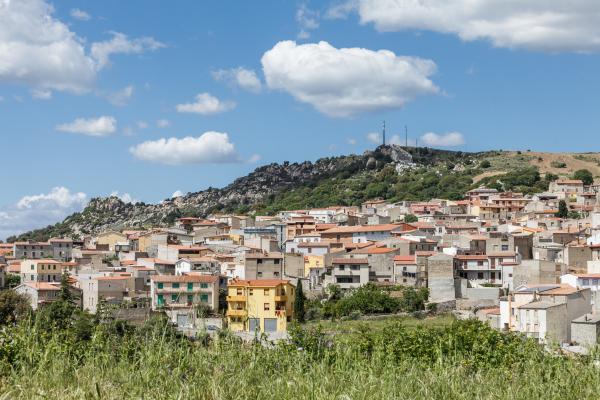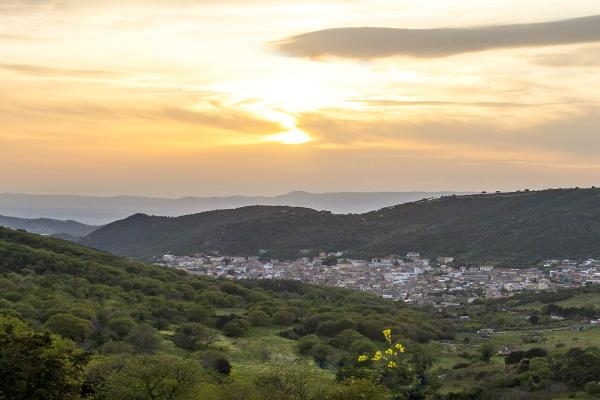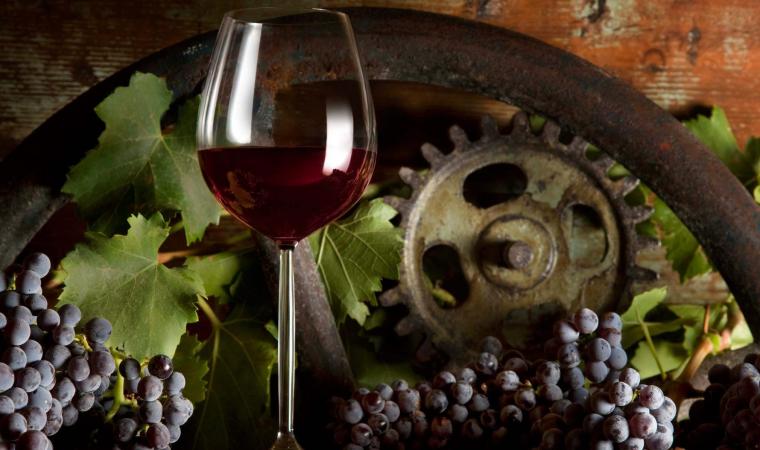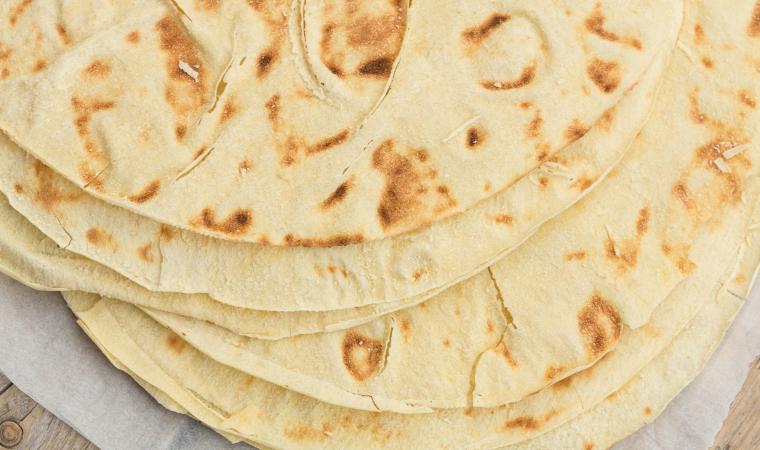
Skilled hands embroider clothes and rugs on frames, make su filindeu and other traditional pasta and decorate su pani pintau, those of sos maistos carefully craft ceramic vases, add intarsia to arresolzas and create filigree jewels. In the kitchen of the cortes su carasau are slipped into the oven and pan’e saba, pistiddu and durchicheddos are stuffed. Woodworkers cut the wood to build sas cascias, ironmongers skilfully hammer their wares, farmers crush freshly harvested grapes and shepherds make ricotta cheese. Meanwhile, guests leaning out over the belvedere sample tasty nibbles with full-bodied wine. And they chat to craftsmen, learning about the traditions of the past. Autumn in Barbagia is a trip into the “heart” of Sardinia, an itinerant exhibition of authentic traditions of the Barbagia area. For four months, weekends will see cultural, artisanal traditions and local food and wine showcased. All within the houses “a corte” in villages and towns. Each community with its own speciality.










